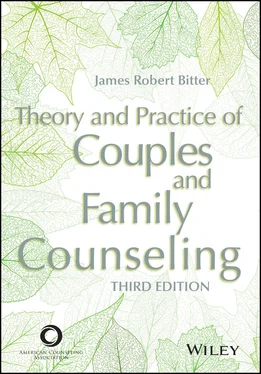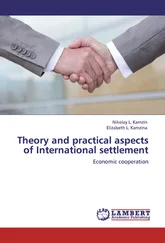James Robert Bitter - Theory and Practice of Couples and Family Counseling
Здесь есть возможность читать онлайн «James Robert Bitter - Theory and Practice of Couples and Family Counseling» — ознакомительный отрывок электронной книги совершенно бесплатно, а после прочтения отрывка купить полную версию. В некоторых случаях можно слушать аудио, скачать через торрент в формате fb2 и присутствует краткое содержание. Жанр: unrecognised, на английском языке. Описание произведения, (предисловие) а так же отзывы посетителей доступны на портале библиотеки ЛибКат.
- Название:Theory and Practice of Couples and Family Counseling
- Автор:
- Жанр:
- Год:неизвестен
- ISBN:нет данных
- Рейтинг книги:5 / 5. Голосов: 1
-
Избранное:Добавить в избранное
- Отзывы:
-
Ваша оценка:
- 100
- 1
- 2
- 3
- 4
- 5
Theory and Practice of Couples and Family Counseling: краткое содержание, описание и аннотация
Предлагаем к чтению аннотацию, описание, краткое содержание или предисловие (зависит от того, что написал сам автор книги «Theory and Practice of Couples and Family Counseling»). Если вы не нашли необходимую информацию о книге — напишите в комментариях, мы постараемся отыскать её.
Theory and Practice of Couples and Family Counseling — читать онлайн ознакомительный отрывок
Ниже представлен текст книги, разбитый по страницам. Система сохранения места последней прочитанной страницы, позволяет с удобством читать онлайн бесплатно книгу «Theory and Practice of Couples and Family Counseling», без необходимости каждый раз заново искать на чём Вы остановились. Поставьте закладку, и сможете в любой момент перейти на страницу, на которой закончили чтение.
Интервал:
Закладка:
Communication between parent and child and parent and teenager is also at the heart of the parenting process advocated by Haim Ginott (1969/1971, 1965/2003). In turn, Ginott’s parenting model is the foundation for what J. Gottman and De-Claire (1997) called emotion coaching . Gottman started his work with couples and families in the behavioral laboratories at the University of Washington. His work has connections to the behavioral models that identify with evidence-based practice, and Gottman prides himself on data-based recommendations for families. His process for emotion coaching has been shown to produce a wide range of positive effects in children when paired with authoritative-responsive parenting methods, including better relationships with peers and better adolescent decision-making in general. (A chapter on parenting is available at www.jamesrobertbitter.com.)
The Couples Counselors
John Mordecai Gottman was born in 1942 in the Dominican Republic to parents who were Orthodox Jews. His father had been a rabbi in Vienna before the family had emigrated just before World War II. The family moved to Brooklyn, New York, when John was still young, and he attended Lubavitch Yeshiva elementary school, a school closely associated with an Orthodox Hasidic movement. John received a doctorate in clinical psychology from the University of Wisconsin as well as master’s degrees in mathematics at the Massachusetts Institute of Technology. John has been married three times. After his first two marriages ended in divorce, he married his partner Dr. Julie Schwartz Gottman; they have been married for more than three decades. John’s most noted work is in the prediction of whether marriages will succeed or fail. His initial descriptions of the “four horsemen”—criticism, defensiveness, stonewalling, and contempt—were later paired with scientific investigations into what led to success in couples and family therapy, studies that support the neuroscience of attachment theory. Although the predictive capacities of their studies have been criticized, the Gottmans are the undisputed, award-winning leaders in bringing evidence-based practices to couples counseling.
Susan M. Johnson was born in England and was literally raised in a pub. She had an early interest in relationships just watching how people in her father’s bar interacted, talking, maneuvering, and connecting. It was her parents’ marriage that most absorbed her life, a marriage that was painful and led to divorce in spite of the fact that her mother and father loved each other until the end of their individual lives. Sue immigrated to Canada and eventually got her doctorate in counseling psychology at the University of British Columbia in Vancouver. With her adviser, Les Greenberg, she developed an early version of what is now called emotionally focused therapy . Her early studies found that staying present with the emotional experiences of couples was more effective than cognitive behavioral interventions and better than the “nothing” that occurred in a control group. Sue’s inspiration was recognizing that the same need a child has for a secure attachment (Bowlby, 1969, 1973, 1981) is also essential to real love in couples.
Harville Hendrix and Helen LaKelly Hunt had been married for a decade and were already internationally known relationship trainers when their marriage degenerated into arguments and discord that brought them to the brink of divorce. Harville Hendrix had appeared on Oprah Winfrey’s show more than a dozen times in support of his best-selling book, Getting the Love You Want (Hendrix & Hunt, 2019). Still, as they will tell you, they did not always practice what they preached. They had developed a number of structured exercises for couples, including their now famous couple dialogues, and in the hopes of saving their marriage they began to use them with each other. These exercises are based on the belief that we all have childhood wounds—breaches in attachment and ways in which a caregiver disappointed us. Furthermore, we tend to search for a marital partner similar to that caregiver and then demand better treatment. To the extent that each partner can come to understand the wounds of the other and stretch into what the partner needs, both people can grow. Such partners can cocreate a safe and secure marriage.
Summary
I sometimes worry that those histories that people have not lived or been connected to in their own lives will simply be dismissed or will go by them like the wind. This history is long, and still it is meaningful to me, because I have met and known many of the people in this professional genogram. Some of these people granted me the privilege of spending a significant amount of time in their company. Some I merely met at conferences or watched while they did demonstrations of their work. Your own exposure to their work may only come through videotape or digital media. Still, I hope that you will seek out the chance to see both the historical figures and those who currently keep our field moving forward.
In this chapter, we have looked at the stories that go with the four genograms of couples and family counseling. That is how genograms should be used: They are a map and a vehicle for telling the stories of significance for the people represented on the map. And even though most genograms appear to be structural in nature, in some cases completed drawings can invoke a genuine emotional response in the people represented in them. When I look at my own map, I am often caught up in the memories of my life with my mother and father and how soon they were both gone from my life. I can start crying just by looking at the map. I did not expect a similar response to the genograms of couples and family counseling, but when I focus on the parts of the map that represent now deceased Adlerian colleagues, or I remember my experiences with Virginia Satir, or the last training I had with Michael White, tears flow once again. These are not all tears of grief: In many ways, they are tears of recognition of the many ways great teachers and friends have blessed my life.
Appendix
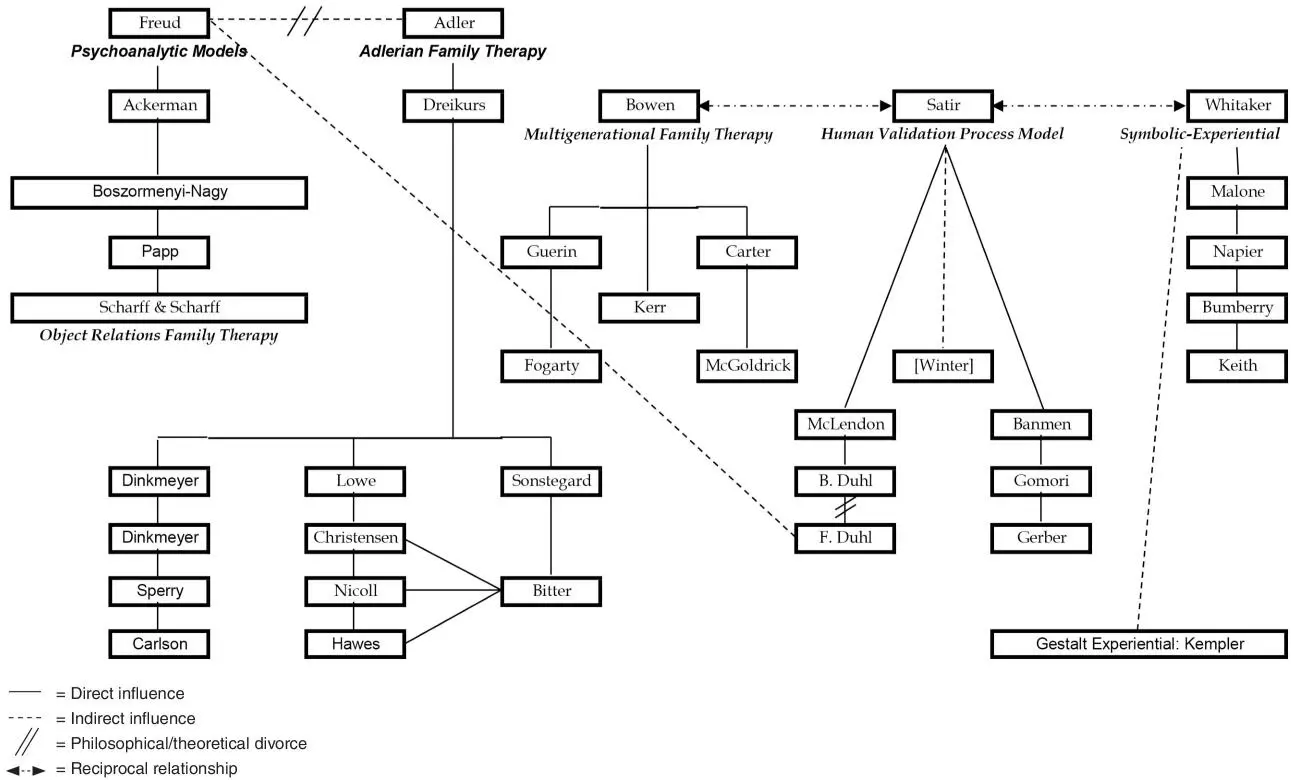
FIGURE A2.1• Genogram of Systemic Pioneers and Their Offspring
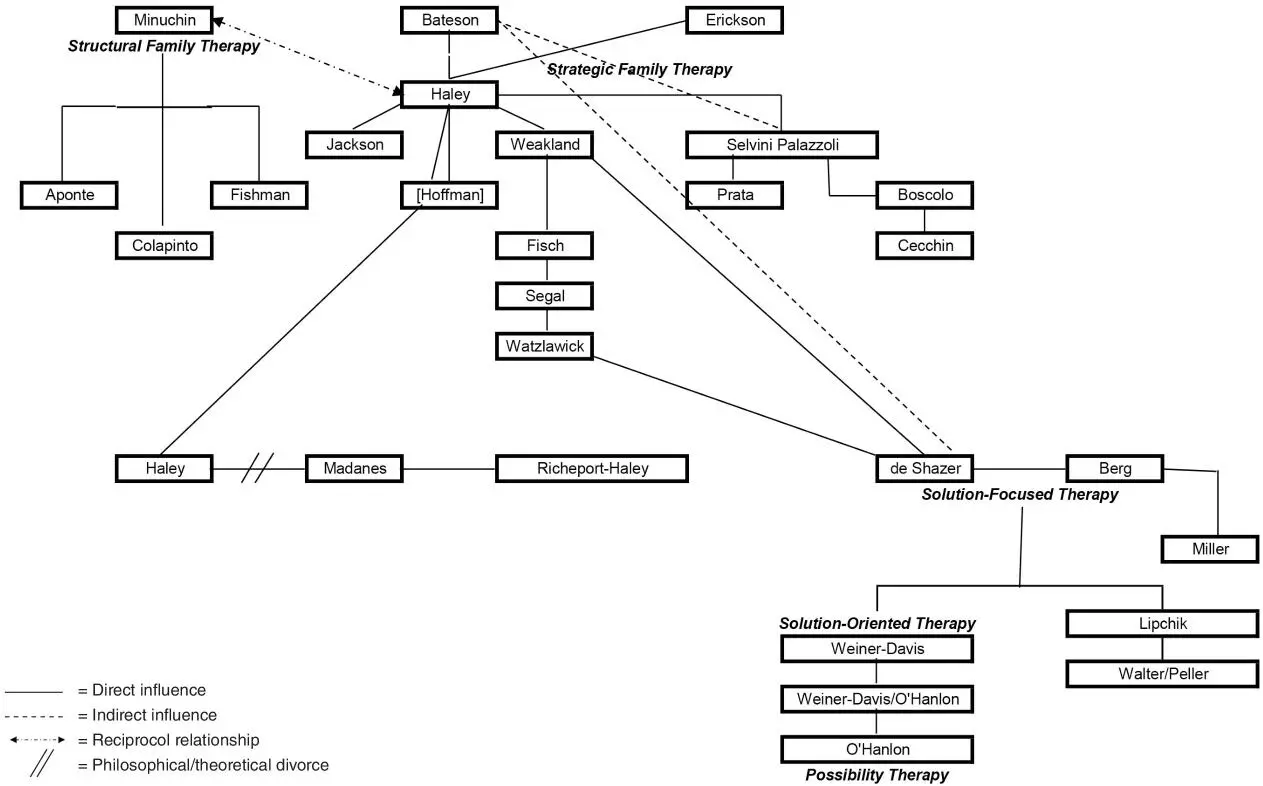
FIGURE A2.2• Structural, Strategic, Solution-Focused/Solution-Oriented Models
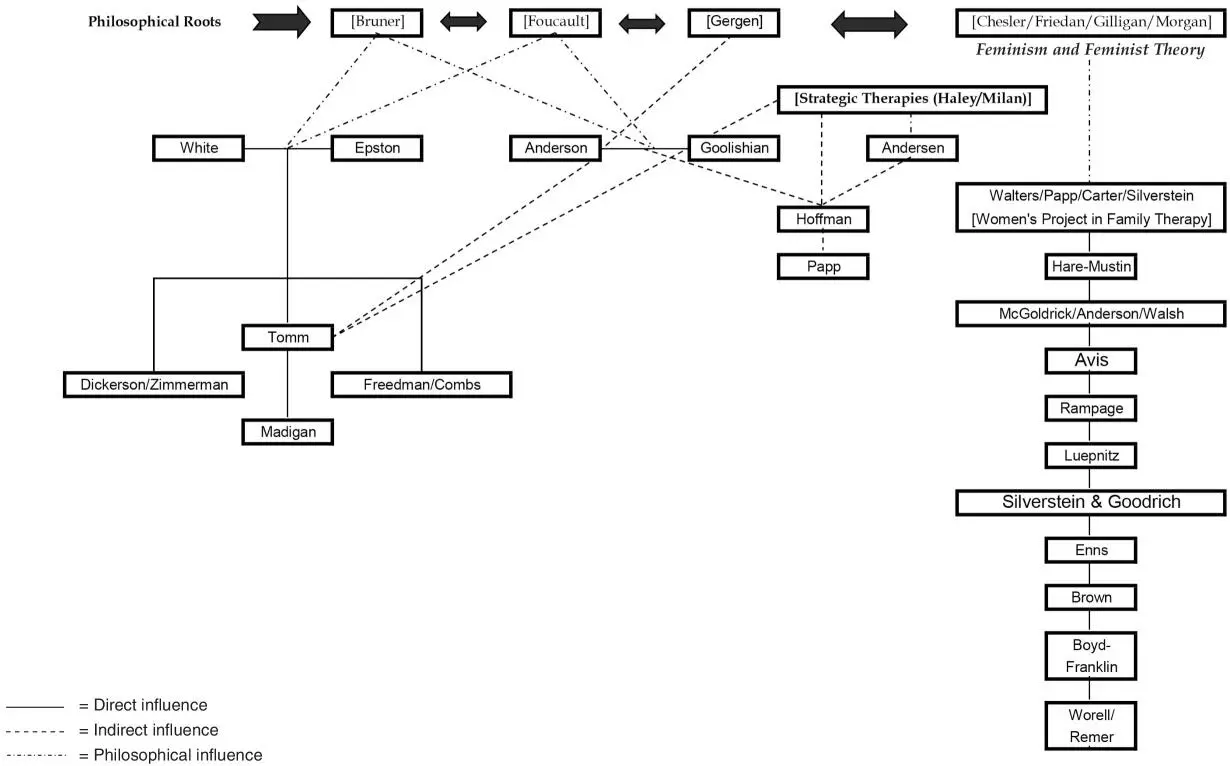
FIGURE A2.3• From Postmodern, Social Constructionism to Feminism

FIGURE A2.4• Evidence-Based Practice in Couples and Family Counseling

CHAPTER 3
The Couples and Family Practitioner as Person and Professional
In the fields that engage in family practice, it is really impossible to separate the person from the professional. Every part of becoming a family counselor requires you to engage in new ways of thinking, seeing, and conceptualizing. Personal reflection is a constant part of being fully human and present with your clients. Systemic theories and interventions are certainly important, but being able to form and maintain an effective therapeutic relationship is more important than any of the other skills you will acquire (Blow et al., 2007; Carlson et al., 2005). I talk about some of the qualities and traits that seem to facilitate constructive relationships in family practice later in this chapter. Most of these qualities can be learned, but they work best when they are fully integrated into the practitioner’s way of being.
Читать дальшеИнтервал:
Закладка:
Похожие книги на «Theory and Practice of Couples and Family Counseling»
Представляем Вашему вниманию похожие книги на «Theory and Practice of Couples and Family Counseling» списком для выбора. Мы отобрали схожую по названию и смыслу литературу в надежде предоставить читателям больше вариантов отыскать новые, интересные, ещё непрочитанные произведения.
Обсуждение, отзывы о книге «Theory and Practice of Couples and Family Counseling» и просто собственные мнения читателей. Оставьте ваши комментарии, напишите, что Вы думаете о произведении, его смысле или главных героях. Укажите что конкретно понравилось, а что нет, и почему Вы так считаете.
